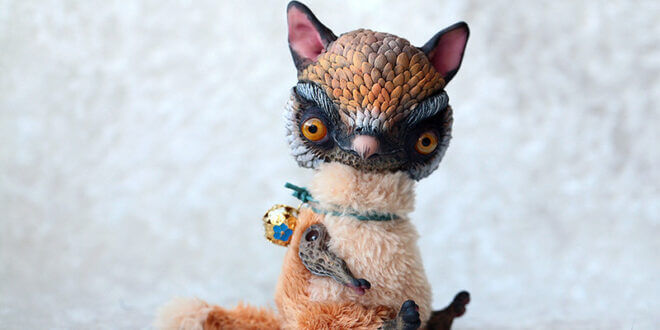Mythical Creatures: The Griffin In Mythology
The legend of the Griffin goes back thousands of years and is shown in many different cultures. The Griffin was said to be a noble creature, although it looked ferocious. While the creature and its legends were popular thousands of years ago, the creature is still a popular character in many fiction novels today.
Because of the creature’s role in stories, many people know a little bit about this beast, but it’s hard to understand all of the details about this monster. How did the legend begin? What did it look like? What was its purpose? This article is here to answer all of these questions and more.
Griffins In Greek Folk Lore
The Griffin is part of an old myth, going back thousands of years ago to ancient Greece. Although, Egypt also boasts of having pictures of the Griffin. Since the Griffin is more popular in Greek lore, we shall discuss it in terms of that culture.
Many years ago, a man named Herodotus from Greece loved to travel the world. He noted everything he saw and whatever the natives of the places he went told him. He once went to places that are currently known as Ukraine and Central Asia. The people in these places told him about this legendary creature, what it did, what it looked like, and where it lived. This helped to strengthen the myth of the Griffin.
This creature was half-eagle, half-lion creature. The Greeks picked the Lion and Eagle to mix. This is because the eagle was one of the noblest birds or creatures of the heavens. The lion was the king of the jungle as well, so mixing these two animals made the most royal animal that there could ever be.
With the body of the lion and, the head, and wings of the eagle, this was a magnificent creature. Some stories say that the creature had spikes, long claws, and even a snake for a tail. It was often brown as well. Some scientists think that the ancient Greeks found a fossil of a pentaceratops, a dinosaur with a beak-like mouth, four legs, and a tail.
Features of the Legendary Creature
The bones of the pentaceratops were usually found near deposits of gold or in gold mines. This led to the belief that the Griffin loved to hoard gold, much like some dragons in old myths. However, the Griffin was not an evil creature. The Griffin symbolized goodness and nobleness instead of thievery and evil.
Many myths about the Griffin say that the creature was eternally at war with a race of one-eyed people who were always trying to steal the Griffin’s gold. The Griffin tried to protect the gold and other treasures. It was more of a guard than a hoarder.
Because the Griffin had such a high status, at least amongst other monsters of the time, it was thought to be a blessing, rather than a curse. The Griffin was even said to help the Greek god Apollo pull his chariot, which pulled the sun, around the earth. It is said that Apollo could find no better creature to do this. Other animals were strong enough and even kind enough to do this task. But, the Griffin was the only one who was strong, noble, and could fly well enough to help the sun god.
Because the Griffin was so closely related to Apollo in many stories, the creature became correlated with wisdom, might, and power. This was a kind, but powerful creature. While it would help when it could, it wasn’t afraid to join a fight if it had to. This could be part of the reason why they were constantly at war with the one-eyes thieves.
Griffin Mythology: Summary
Overall, the Griffin was a symbolic creature in Greek mythology. One can say that the Griffin was a friend to the gods, rather than a monster as it is perceived in some modern stories. Nevertheless, the Greeks revered this creature for its knowledge, power, bravery, and majesty. It would be a shame if people in today’s world lost that view of the ancient and mysterious Griffin.
 Sun Signs Everything Under The Sun!
Sun Signs Everything Under The Sun!
